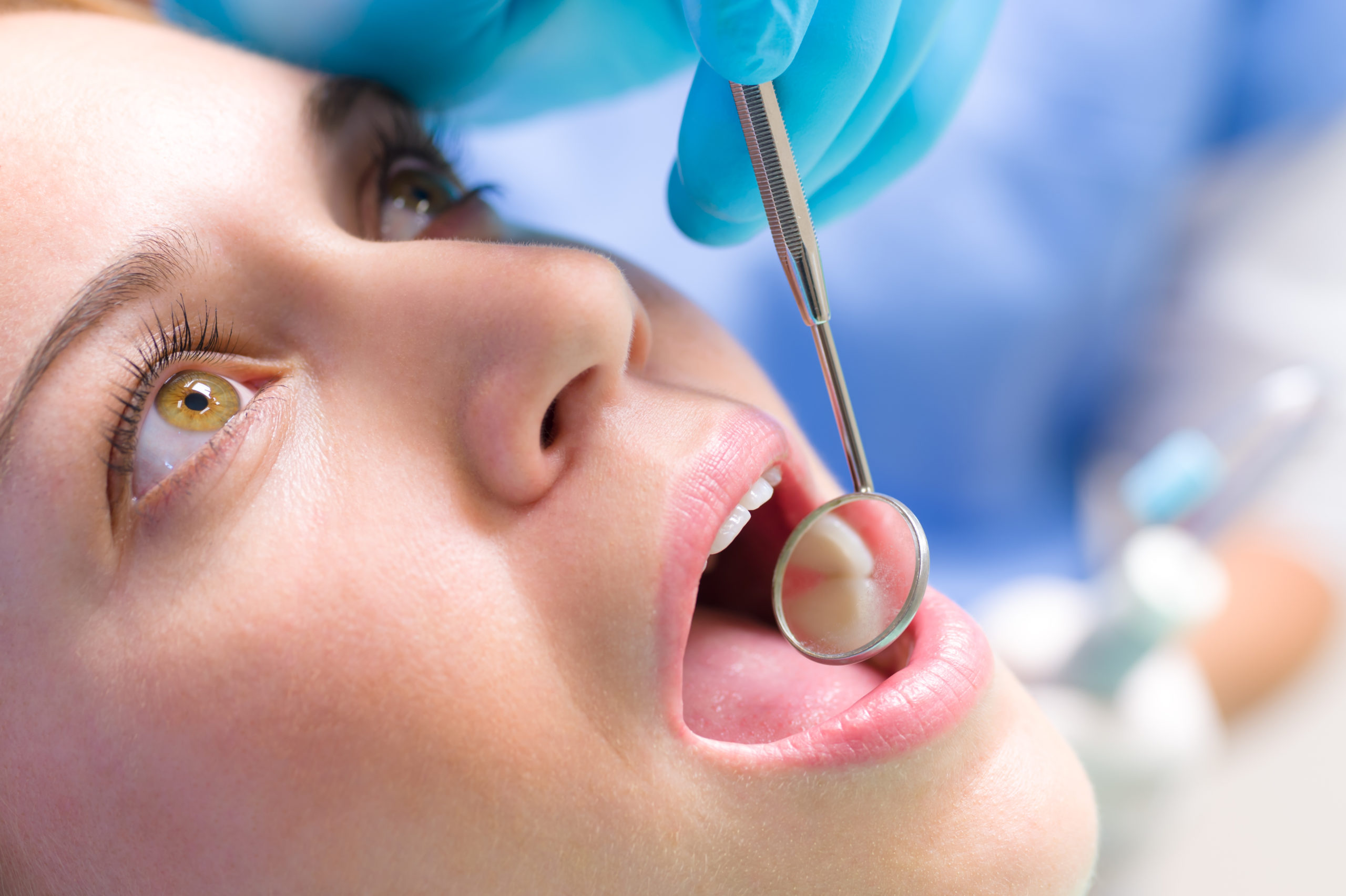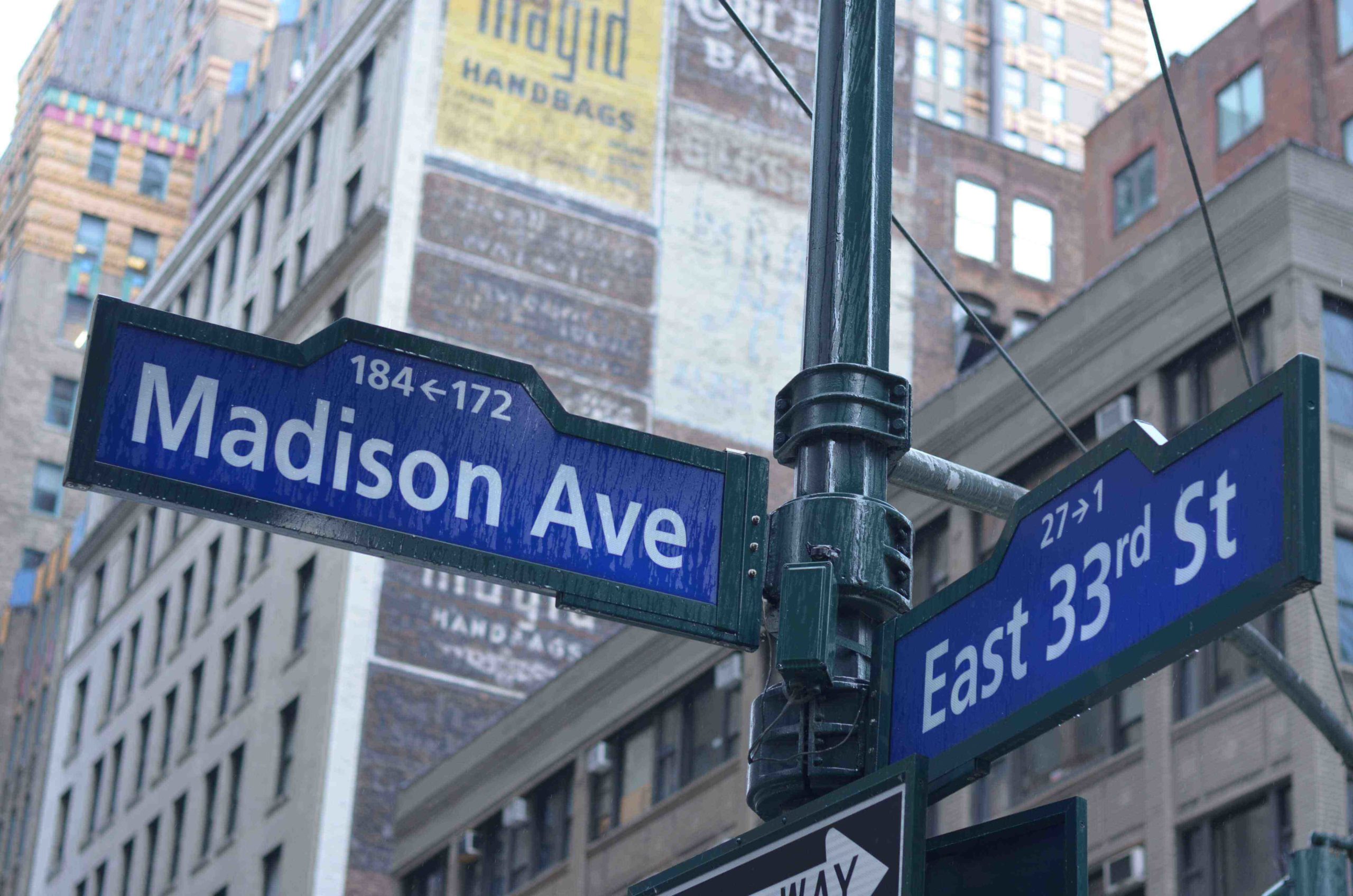
We wake up in the morning and start to brush our teeth; when we rinse we see some blood in the basin. This may be one of the earliest signs of gum disease. Gum disease is an infection of our gums and the supporting structures of the teeth. This includes the bone and the periodontal ligament (that connects the tooth to the bone). When the infection affects only the gum it is known as gingivitis. If the infection is not treated and goes on to the bone then this condition is known as periodontitis. Periodontitis has been associated with an increased risk of contracting diabetes, heart disease, and cancer.
The precursor to gum disease is plaque build-up. Plaque is composed of food debris, especially a simple sugar is known as sucrose, and anaerobic bacteria (bacteria that live without oxygen) such as Treponema denticola and Porphyromonas gingivalis.
The good news is that this disease is treatable and that much of the damage that is caused can be reversed with proper dental care and oral hygiene.
Symptoms of Gum Disease
- Red, Swollen gums (healthy gums are deep to light pink and are tight around the tooth)
- Gums that are tender and painful to touch
- Gums that bleed upon brushing and flossing
- Bad breath
- Gums that have shrunk away (receded), so that roots are exposed and teeth look bigger
- Teeth that are sensitive to cold, hot and sweets due to root exposure
- Teeth that start to have mobility, shift
Stages Of Gum Disease
- Gingivitis
- Slight periodontal disease
- Moderate periodontal disease
- Advanced periodontal disease
In stages 1, 2, and 3 much of the damage can be reversed by expert care from our team at 172NYC Dental, headed by our Board Certified Periodontist, Dr. Jin Wang. Once the gum has receded and the bone lost the gum will not grow back. However in Dr. Wang’s hands using state-of-the-art instruments such as dental lasers the problem can be mitigated, teeth saved, and restoration to a healthy, functioning mouth.
Etiology of the Disease
Our teeth are embedded in our jaw bone which is covered by our gums (gingiva). Under normal healthy conditions, there is a 1mm-3mm space between the tip of the gum and the underlying bone. This healthy space is called a sulcus. It behooves us to brush our teeth, floss, keep away from sugar, and don’t smoke to keep this tissue healthy. When we don’t, broken down food (sucrose) will combine with bacteria that are always existing in our mouths (over 200-300 types) and form plaque. In the plaque, the bacteria work on the sugar to secrete acids and enzymes that eat away at the attachment of the gum to the tooth. As the attachment migrates down, the sulcus becomes deeper. When it reaches 4mm it is called a pocket and this is a pathological situation. The deeper the pocket the more plaque that will be trapped, the more inflamed the gums and the more the bone will be eaten away. If plaque is not removed in due haste, it will pick up Calcium salts in the saliva and form dental calculus which is even harder to remove. The bacteria lying under our gums cause an infection. When it is only at the tip it is called gingivitis as it progresses to bone it becomes the more serious periodontitis.
Pre-existing conditions that can enhance chances of gum disease
- Obesity
- Diabetes
Gum Disease Treatment
Deep Cleaning
Deep cleaning consists of scaling and root planing-scaling is the removal of all plaque above and below the gum line; root planing is the smoothing of the exposed root so that plaque, bacteria, and food debris cannot easily accumulate on the root surface. Many times this procedure requires the administration of a local anesthetic.
Medications
- Antiseptic chips or antibiotic microspheres (Arestin (doxycycline), Periochip)
- Antibiotic gel
- Enzyme suppressant
- Oral antibiotics i.s.tetracycline a cephalosporin
- Oxygenating mouth rinse like Peridex
Periodontal Surgery
- Full thickness flap (soft tissue)
- Bone grafting
- Guided tissue regeneration
- Tissue-stimulating proteins
Proper home care
- Brushing 2x daily for a period of 2 minutes each time
- Using a new clean brush with a small head and soft bristles. We prefer the power toothbrushes like SonicCare that clean the teeth and gums more gently and efficiently than hand brushing.
- Using a nonabrasive, long-lasting fluoride toothpaste (Sensodyne)
- Flossing at least once a day, preferably before bedtime (Glide)
- Rinsing with prescription of Peridex
- Rinsing with a diluted solution of hydrogen peroxide: 1 part peroxide to 2 parts water
Diet
- Reduction of simple unrefined sugars
- No fried or greasy foods
- No soda or carbonated beverages
- Reduction in alcohol consumption
Lifestyle Changes
- Stop Smoking
- Aerobic exercise
Book an Appointment with 172 NYC Dental
Coming to 172 NYC Dental is essential for your dental health and your overall well-being. Those twice a year checks ups are very important. Gum disease when diagnosed and treated early has amazing results. If left to progress it could endanger the longevity of the tooth. Call us at 646-921-5541 to make an appointment today.








